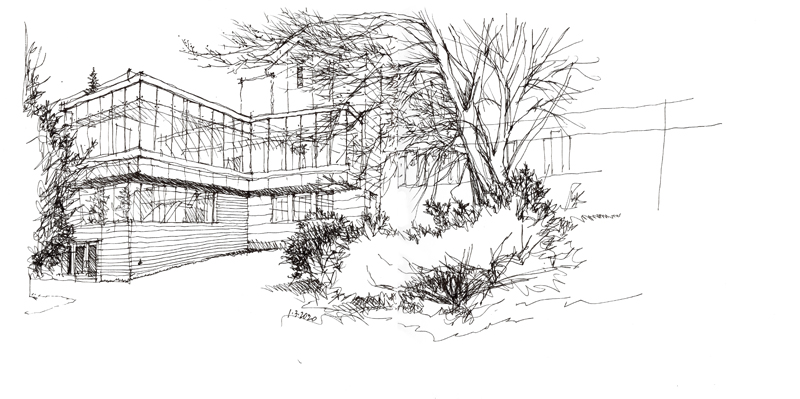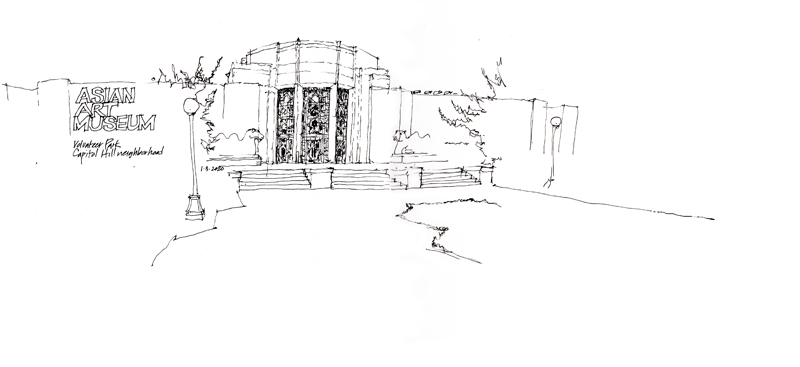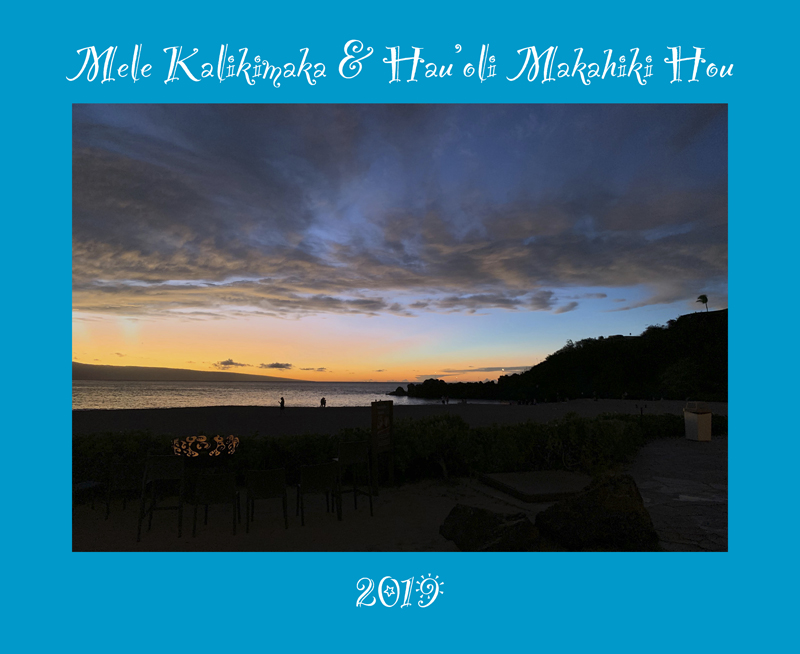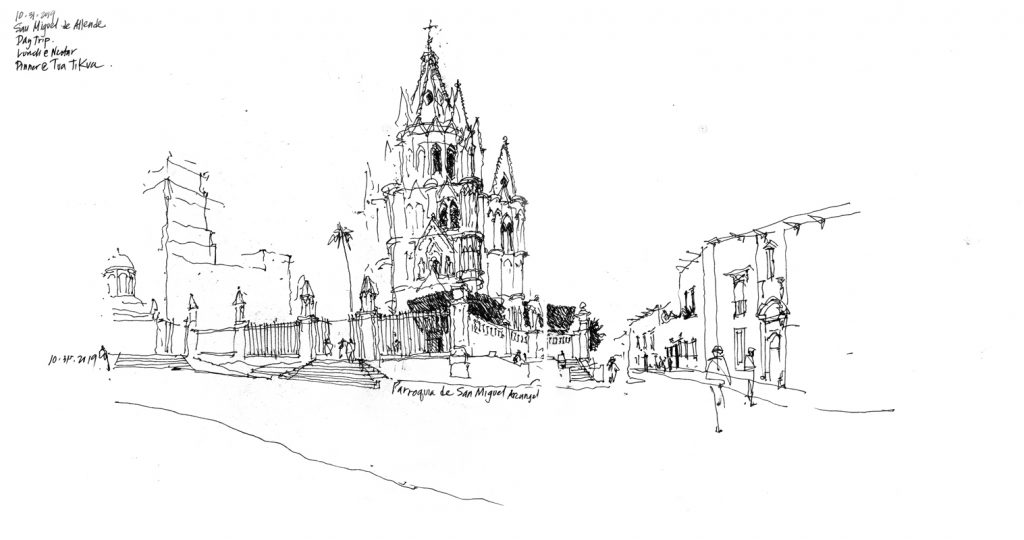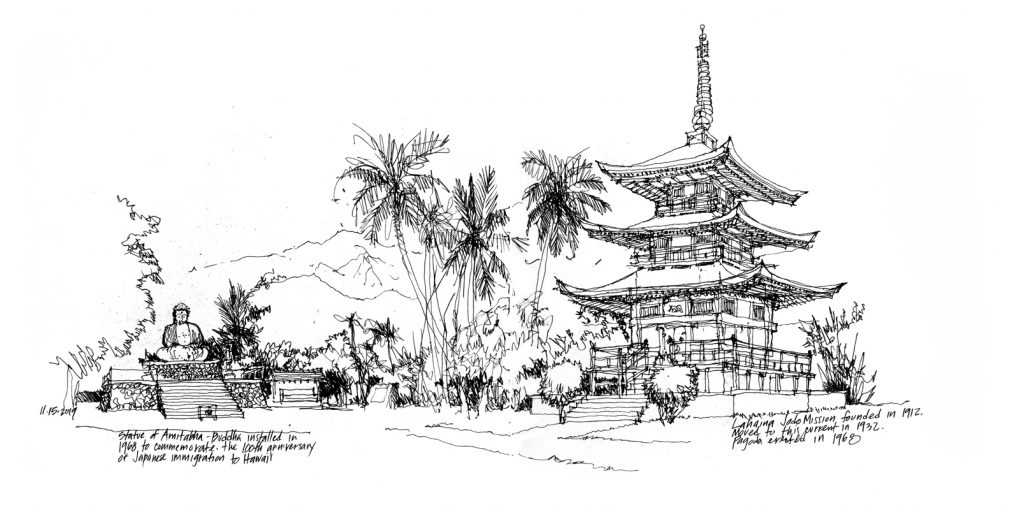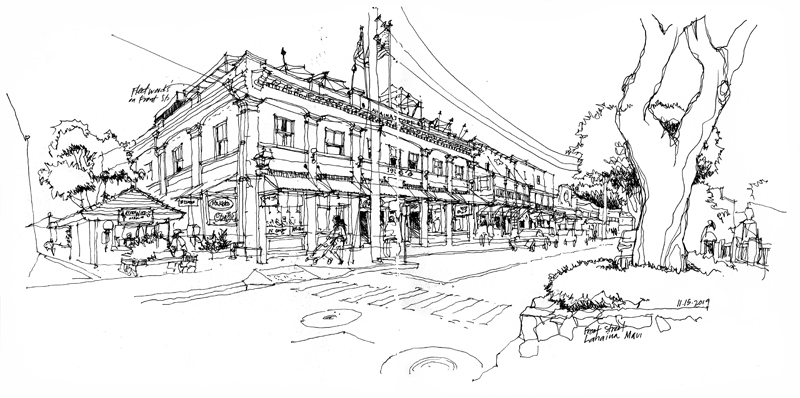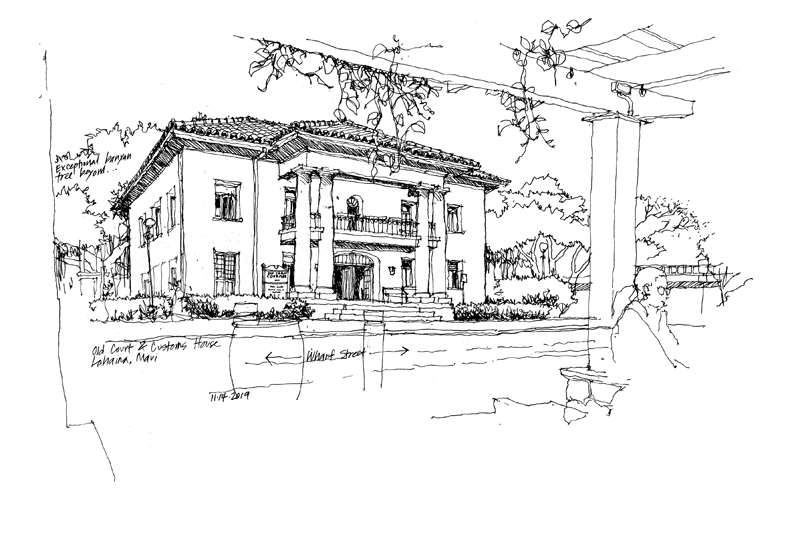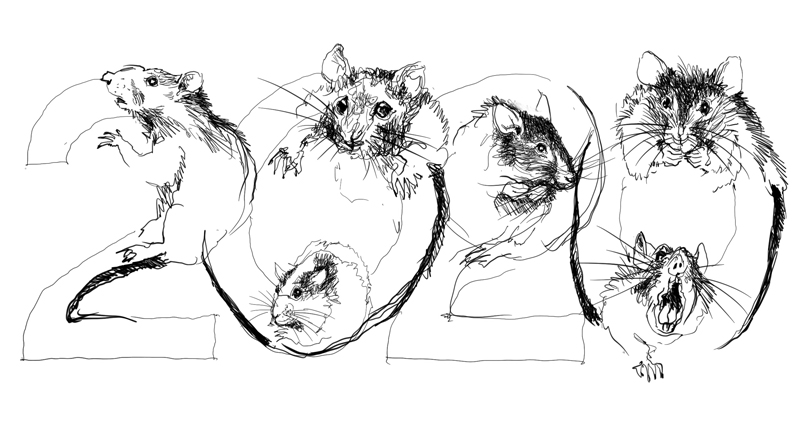
Lunar New Year 2020, the Year of the Rat, begins on January 25, 2020 and lasts until February 11, 2021. The Rat, the first animal of the Chinese Zodiac, is said to be clever and resourceful with a keen vision for solving problems. Those born under this sign tend to be ambitious, energetic, thoughtful, and charming. Among these are William Shakespeare, Rosa Parks, Buddy Holly, and Pope Francis, as well as three U.S. presidents—Richard Nixon, Jimmy Carter, and George H.W. Bush. Kung Hee Fat Choy!

